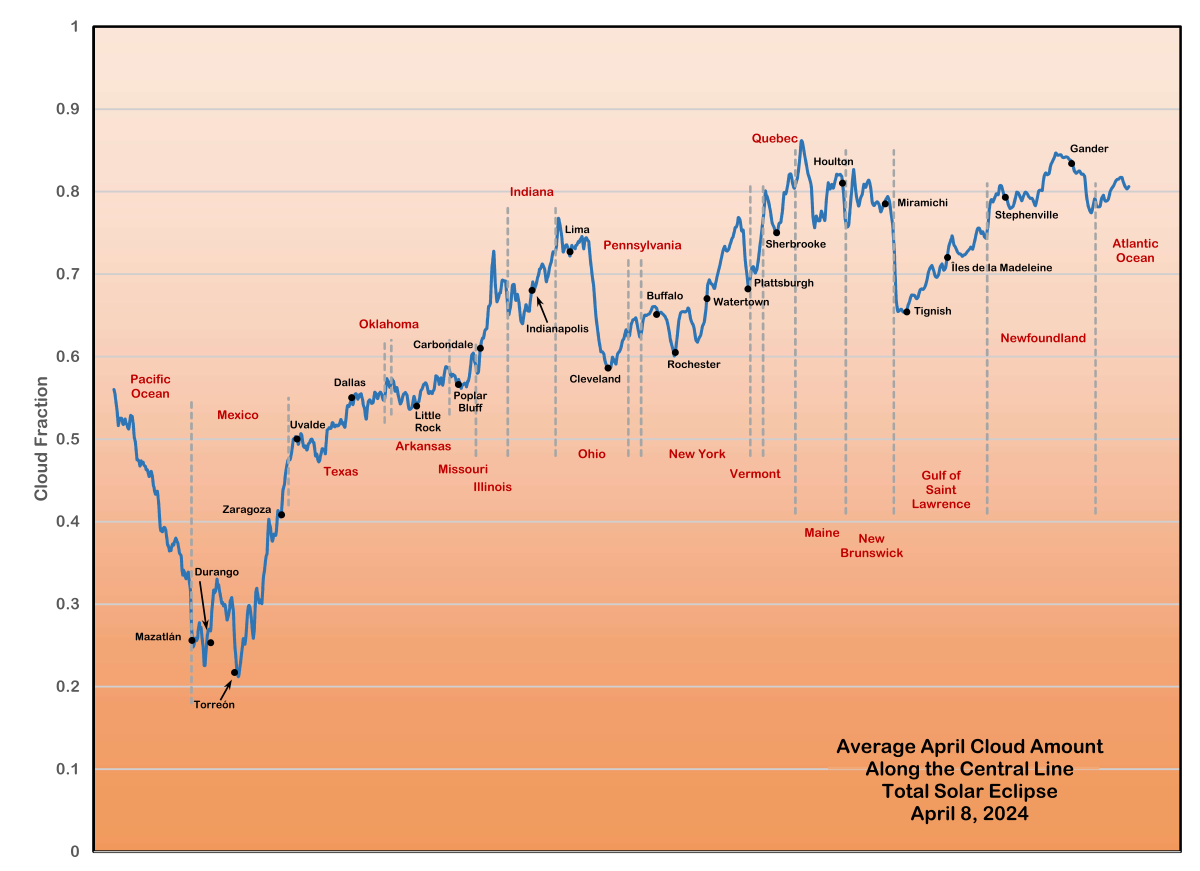Ideally, I'd like to image the 2024 total solar eclipse using my NP101.
But one thing I haven't accounted for is if we're packing for four people, taking my mount and the NP101 might not be possible.
So a thought had occurred to me–take my small mount (SW Star Adventurer GTI) and my AT60ED, since I have a white-light solar filter for both OTAs.
My concern is focal length. I'll only have 288mm with the 0.8X reducer and 360mm natively. Ideally, if I could match the 540mm of my NP101, that would be great, and 720mm from a standard 2X barlow wouldn't suck, either.
…? And then, it occurred to me–what about field curvature?
If I try to barlow my way to more focal length with the AT60ED, can a standard 1.5X barlow reduce field curvature enough to keep both the sun and outer corona streamers sharp with an APS-C sensor? That would be 1.7° x 2.5° by my math.
Or should I just call it good with a flat 288mm and just crop if needed?
Clear Skies,
Phil
But one thing I haven't accounted for is if we're packing for four people, taking my mount and the NP101 might not be possible.
So a thought had occurred to me–take my small mount (SW Star Adventurer GTI) and my AT60ED, since I have a white-light solar filter for both OTAs.
My concern is focal length. I'll only have 288mm with the 0.8X reducer and 360mm natively. Ideally, if I could match the 540mm of my NP101, that would be great, and 720mm from a standard 2X barlow wouldn't suck, either.
…? And then, it occurred to me–what about field curvature?
If I try to barlow my way to more focal length with the AT60ED, can a standard 1.5X barlow reduce field curvature enough to keep both the sun and outer corona streamers sharp with an APS-C sensor? That would be 1.7° x 2.5° by my math.
Or should I just call it good with a flat 288mm and just crop if needed?
Clear Skies,
Phil
